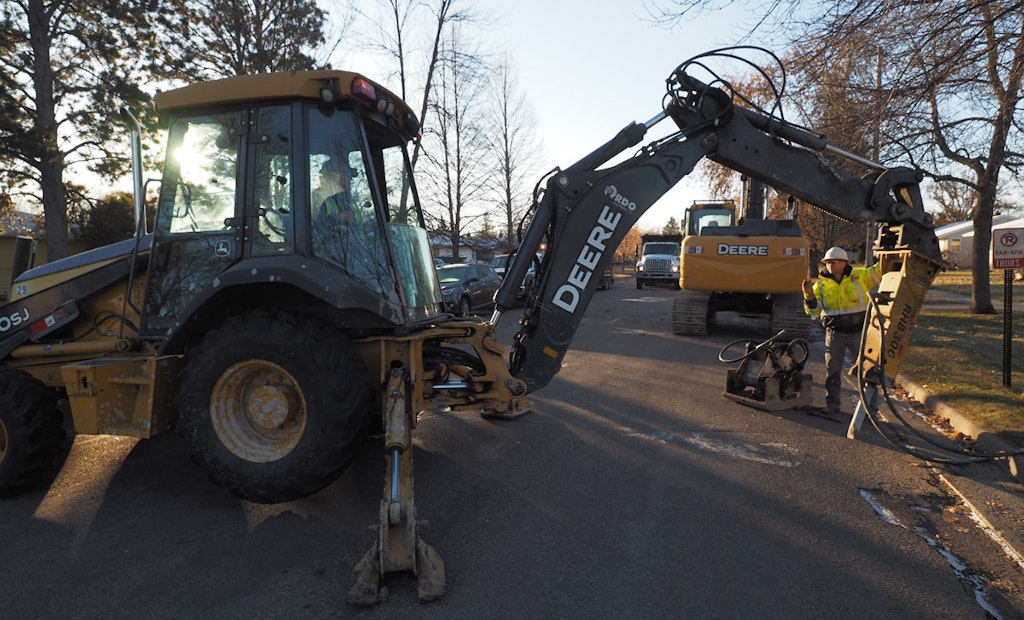Work zones on roads and highways can be dangerous places. According to the Bureau of Labor Statistics, over 100 workers are killed each year in work zones across America. Some of these fatalities are the result of vehicles striking workers.
One of the most important jobs in a...







